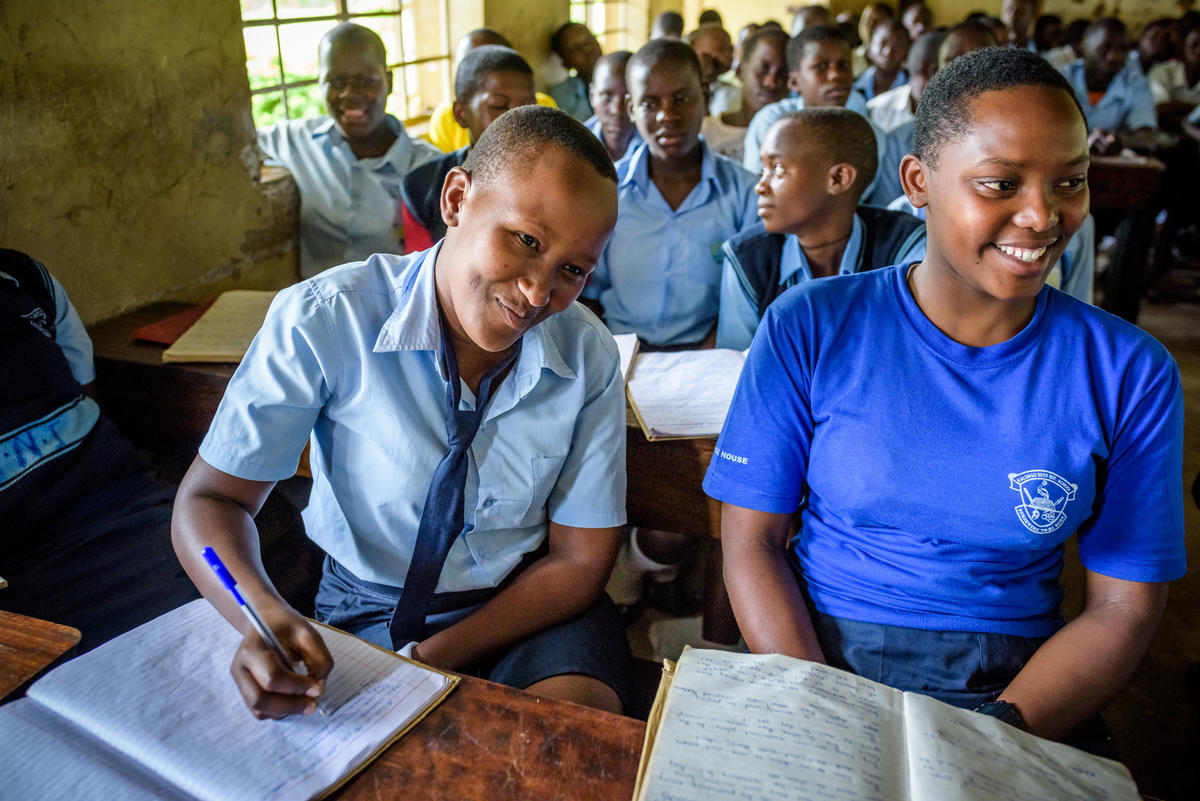Child Marriage: Why investing in girls’ education right now is essential
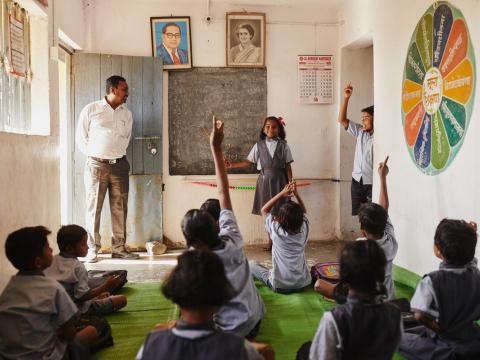
Picture this: You’re a 15-year-old girl, thriving in school and dreaming of becoming a doctor. It feels like nothing can get in your way. That is, until you’re forced to drop out and get married. Soul-destroying, right? But for Janet, leaving school didn’t exactly raise eyebrows – after all 40% of girls in her country, Uganda, are married before their 18th birthday.
Child marriage is just one of the reasons girls are pulled away from the classroom, but there are countless others. Crisis, conflict or changes in government can quickly throw girls' education into peril.
As a result, millions of girls never have the chance to step foot inside a classroom. Worldwide, almost 1 in 4 girls aged 15-19 is neither in school or employed, compared to only 1 in 10 boys.
Having girls stay in school has obvious benefits, but the impact goes way beyond transforming girls’ own lives. We’re not exaggerating when we say that investing in girls' education can change the course of the world! Here’s how:
Closes the gender gap
Imagine a world where every girl got 12 years of schooling. Do you know that if this happened, child marriage would drop by 64% globally? And with every year of secondary school we’d see a girl’s likelihood of marrying before 18 drop by five percent or more.
Driving down child marriage with girls’ education is just one way girls in school can close the gender gap, but there is another: for girls who do stay in school, just a single year of primary school education can increase their income later in life by up to 20%, while an extra year of secondary school can increase their wages by up to 25%.
Helping girls stay in school can not only drive towards a more gender equal world but help break the cycle of poverty.
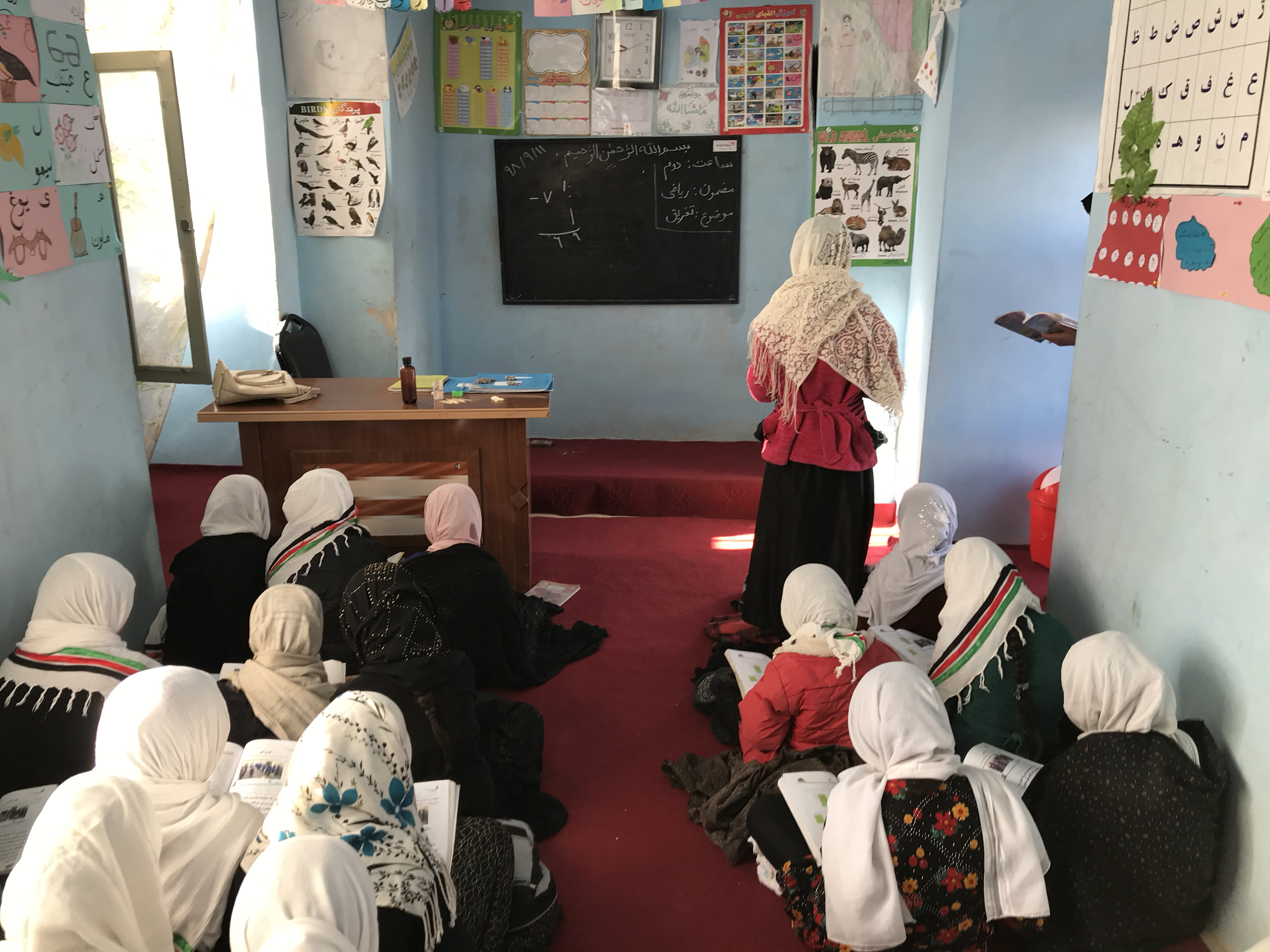
Stimulates national economies
COVID-19 has been an unprecedented disruptor to education. Of those enrolled in school before the pandemic, millions may never return -- evidence suggests that the majority of those who stay out of school permanently will be girls. According to UNESCO, as many as 11 million of them are unlikely to return to the classroom after the pandemic.
But as countries begin to emerge from the pandemic, we know that investing in girls’ education will put them in the fast lane to economic growth. Evidence shows that when 10% more girls attend school, the country’s GDP increases by 3%. And the World Economic Forum predicts that a country’s GDP could increase by 10% if all girls in their country finish secondary school. This could make a huge difference to low income economies.
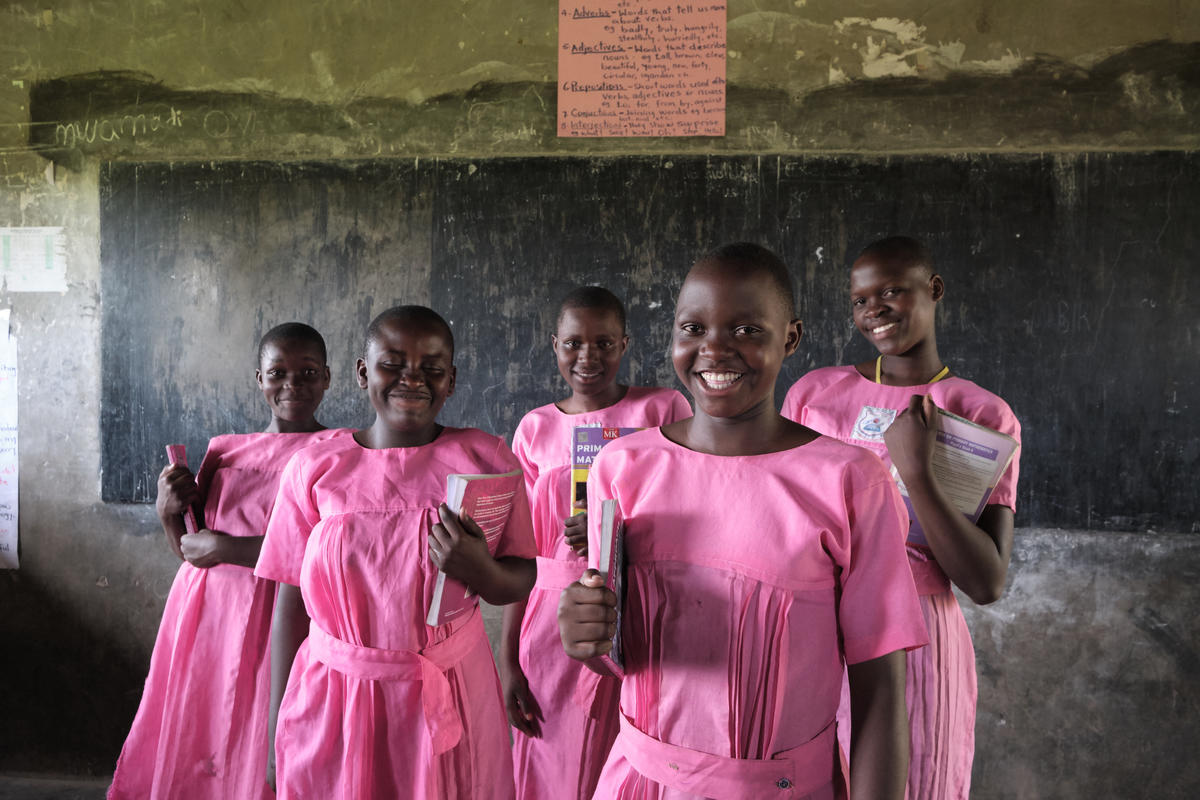
Saves lives and improves health outcomes
Do you know that a child born to a mother who can read is 50% more likely to survive beyond the age of 5? Investing in girls’ education can have transformative health benefits for generations to come. Benefits like eradicating female genital mutilation and reducing the chance of early pregnancy or contracting HIV/AIDS.
Educated girls also tend to have fewer children and have them later in life, which leads to safer pregnancies, less risky births and healthier babies.
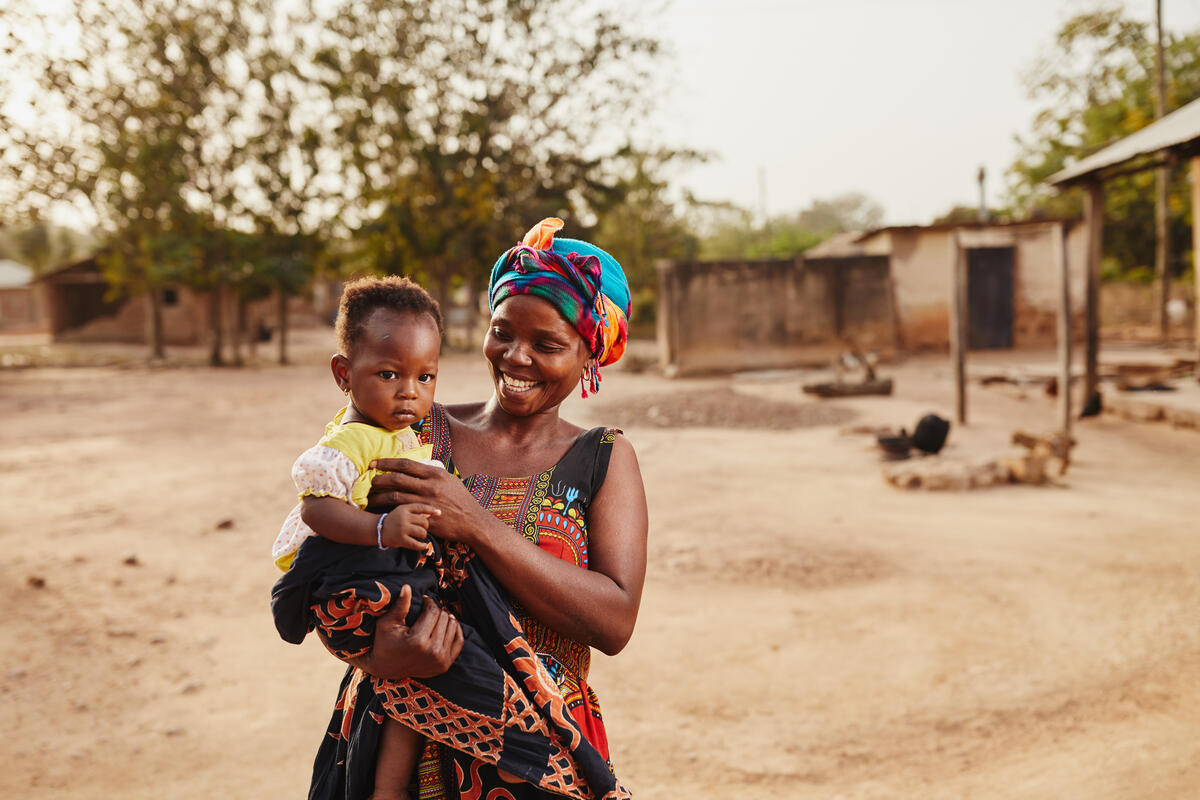
How World Vision helps girls stay in school
As a champion for girls’ education, World Vision and its supporters are working to improve access for girls to go to school in the countries where we work. Child sponsorship helps identify and break through the barriers in girls’ lives so they can have equitable access to education. This involves working with the whole community—including families, schools, religious groups, governments and traditional leadership—to promote the value of education and help girls stay in school to become the fearless girls they were born to be.
For Janet in Uganda, her way out of marriage and back into the classroom came down to knowing her rights—which she had learnt about through a World Vision community group. Because of this, Janet knew who to turn to and what to do. Most importantly, she believed that she had the right to finish school and didn’t want to let circumstance stand in her way. Others were rooting for her return to school because they too had benefited from community trainings funded by sponsorship.
Right now, thousands of girls urgently need sponsors so that they can stay in school and build a fearless future like Janet.
